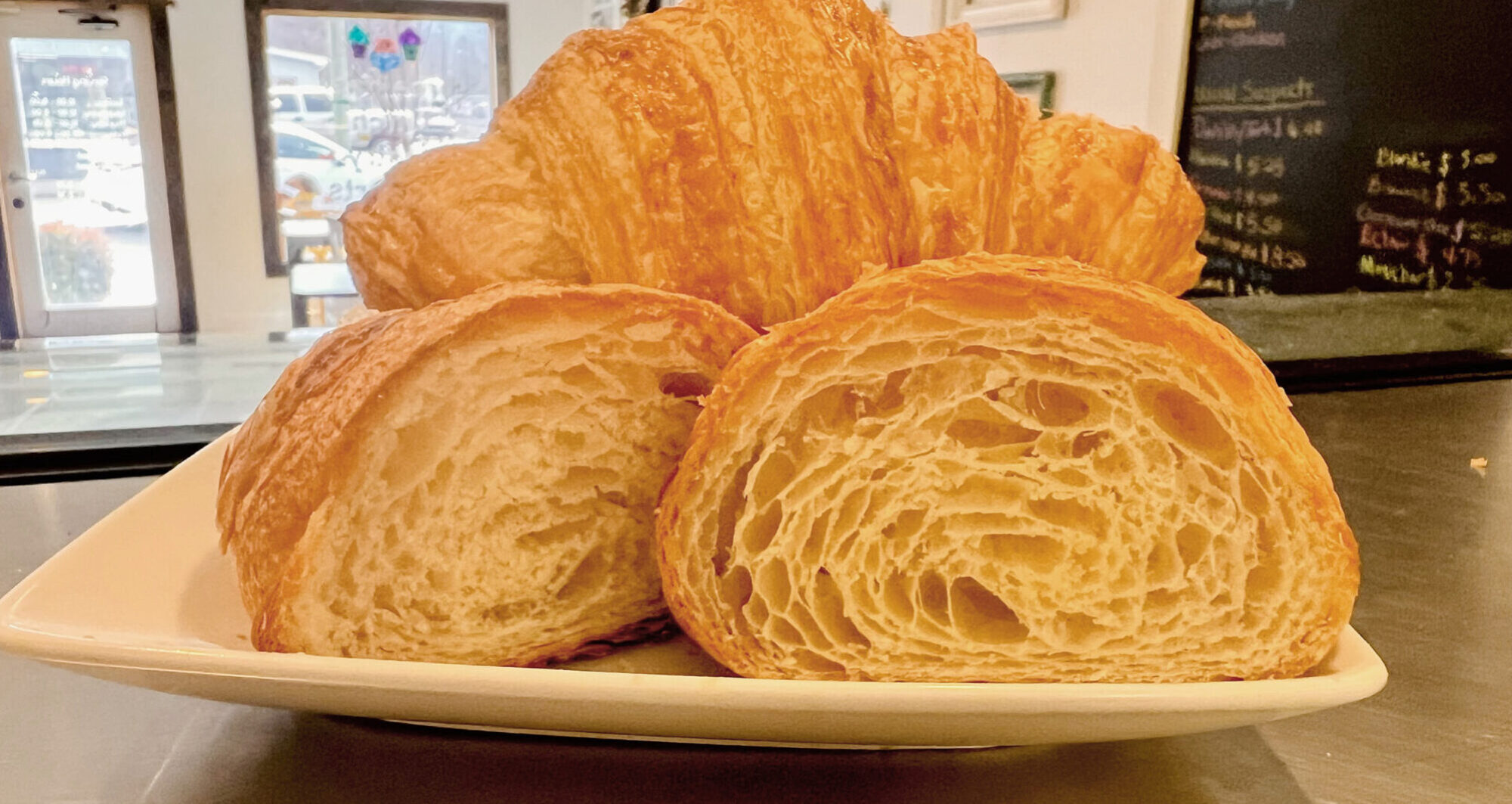With the rise of gluten-free products and diet trends, I’ve had to ask myself—as a baker—what’s really going on here? Less than one percent of the population is diagnosed with celiac disease, an autoimmune condition that requires total avoidance of gluten. So why does it seem like so many people are now having trouble with bread?
The real question might not be “Is gluten the problem?”—but rather, “What’s happening to our flour?”
The Flour We Use
At Farm to Cake, we proudly use King Arthur flour because we believe it’s one of the best conventional flours available. It’s unbleached, never treated with potassium bromate (a chemical additive linked to cancer concerns), and it performs reliably in scratch baking.
King Arthur also highlights that their flour is non-GMO—but here’s the truth that many people don’t know: all wheat grown in the United States is non-GMO by law. While genetically modified wheat was tested years ago, it was never approved for commercial production. So technically, all flour on the market—organic or conventional—is made from non-GMO wheat.
That means “non-GMO” on the label is more about consumer reassurance than any real difference between brands.
The Bigger Issue: How Flour Is Processed
Even with its cleaner practices, King Arthur flour is still a processed flour—and that’s where the real nutritional loss happens. Like nearly all modern white flours, it’s refined by removing the bran and germ, leaving only the starchy endosperm.
And that refining process matters—just as much, if not more, than pesticides or chemical treatments. Even if your flour is organic or “clean label,” if the bran and germ are gone, you’ve lost the parts of the grain that actually nourish your body.
A Bit of History
This shift began in the late 1800s with the rise of roller mills. These machines could efficiently separate wheat into its components, and millers quickly realized that white flour—made just from the endosperm—had a longer shelf life and lighter texture. That made it ideal for industrial baking and mass distribution.
The bran and germ? They weren’t discarded. They were sold off for animal feed. That’s right—what was once part of a wholesome food became a byproduct better suited for livestock. And people, unknowingly, were left with a less nutritious, fast-digesting product.
What’s Lost in White Flour
When flour is refined, you lose:
- Fiber – critical for digestion and blood sugar balance
- Healthy fats – naturally found in the germ
- B vitamins – including thiamin, riboflavin, niacin, folate
- Essential minerals – like iron, magnesium, and zinc
- Phytonutrients and antioxidants – packed in the bran and germ
Processed flour is quickly converted to glucose, causing blood sugar spikes and crashes that can lead to fatigue, hunger, and eventually insulin resistance. Even “enriched” flour, with a few synthetic nutrients added back, doesn’t come close to the original whole grain in nutritional value or bioavailability.
Why We’re Milling Our Own
That’s why we’re starting to mill our own wheat berries in-house, using milled methods that preserve the whole grain. When you use flour made from the full wheat kernel—bran, germ, and endosperm—you’re baking with real food. The flavor is deeper, the nutrition is intact, and the bread leaves you feeling full and satisfied.
If bread hasn’t been sitting well with you, maybe it’s not the gluten. Maybe it’s the way modern flour is produced. At Farm to Cake, we’re going back to basics—one bag of real wheat berries at a time.
Disclaimer
We are not medical professionals, and the information in this article is not intended to diagnose, treat, or provide medical advice. This content reflects our own research, experiences, and opinions as bakers and small business owners. Everyone’s body is different—if you have health concerns, food sensitivities, or questions about your diet, please consult a qualified healthcare provider.
————————-
References & Further Reading
U.S. Food & Drug Administration (FDA). “Enriched Cereal-Grain Products.”
https://www.ecfr.gov/current/title-21/chapter-I/subchapter-B/part-137
Celiac Disease Prevalence
Celiac Disease Foundation. “What Is Celiac Disease?”
https://celiac.org/about-celiac-disease/what-is-celiac-disease/
GMO Wheat Not Approved for Commercial Use
The Non-GMO Project. “Is Wheat GMO?”
https://www.nongmoproject.org/blog/is-wheat-gmo/
King Arthur Flour Practices
King Arthur Baking Company. Ingredient Information & FAQs.
https://www.kingarthurbaking.com/
Flour Processing and Nutrient Loss
Harvard T.H. Chan School of Public Health – The Nutrition Source: Whole Grains
https://www.hsph.harvard.edu/nutritionsource/what-should-you-eat/whole-grains/
Use of Bran and Germ in Animal Feed
United States Department of Agriculture (USDA). Feed and Forage Literature.
https://www.nal.usda.gov/aglaw/feed-and-animal-nutrition
Nutrients Lost in Refining Process
Whole Grains Council. “Refined vs. Whole Grain.”
https://wholegrainscouncil.org/whole-grains-101/refined-vs-whole-grain
Blood Sugar Spikes and Refined Carbs
American Diabetes Association. “Carbohydrates and Blood Sugar.”
https://diabetes.org/healthy-living/recipes-nutrition/understanding-carbohydrates
Enriched vs. Whole Flour Nutrient Content

